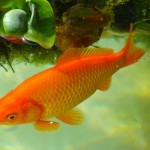 The popularity of aquaculture is growing rapidly around the world. It is in fact one of the fastest growing sectors of agriculture around the world today. You’d be surprised to know how popular fish is as a source of protein around the world. People rely on fish heavily, in many countries, especially countries like Japan, Malaysia and India. Here in the United States, a large amount of seafood is produced and consumed each year from aquaculture fish farms. The industry is becoming so profitable, that this sector is expected to increase even faster this year.
The popularity of aquaculture is growing rapidly around the world. It is in fact one of the fastest growing sectors of agriculture around the world today. You’d be surprised to know how popular fish is as a source of protein around the world. People rely on fish heavily, in many countries, especially countries like Japan, Malaysia and India. Here in the United States, a large amount of seafood is produced and consumed each year from aquaculture fish farms. The industry is becoming so profitable, that this sector is expected to increase even faster this year.
Many of the countries of the world rely on fish as their major food, and for the first time in history, global fish production exceeded the amount of beef produced in the world. Back in 2011, and by 2012, the amount of fish produced from fish farms exceeded beef production by three million tons, 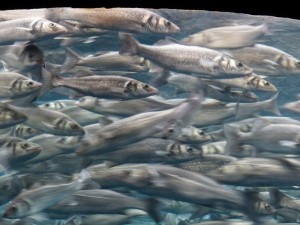 globally.
globally.
Fish farming can address the increasing demands for protein around the world. It addresses world hunger and also helps in meeting the nutritional needs of the growing population of the globe while protecting the environment, and help saving wild fish stocks in the ocean. Below are five facts about aquaculture and farmed fish that everyone must know.
1. Variable nutritional value in farmed fish
Apart from being a major source of food in many countries of the world, many people in the USA also eat fish for the health benefits, especially to get a steady supply of heart-healthy Omega-3 fatty acids. Wild fish get their nutrition from eating wild plants, seaweeds, aquatic plants, and other 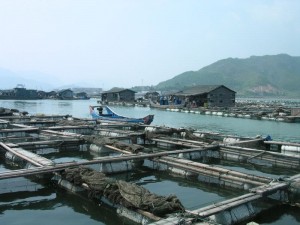 smaller animals that live on these things, and therefore, wild fish have a higher level of nutrition value, compared to farmed fish. For example, farmed salmon may contain 50% fewer amounts of Omega-3 fatty acids in them compared to wild salmon, because farmed salmon are mostly fed soy and grain-based food, and plenty of corn. Even though farmed fish may be fatter than wild fish, it contains far less nutrients.
smaller animals that live on these things, and therefore, wild fish have a higher level of nutrition value, compared to farmed fish. For example, farmed salmon may contain 50% fewer amounts of Omega-3 fatty acids in them compared to wild salmon, because farmed salmon are mostly fed soy and grain-based food, and plenty of corn. Even though farmed fish may be fatter than wild fish, it contains far less nutrients.
2. Fish feel pain and stress
Just like us humans, birds, or any other animals, fish also feel pain and stress. Research shows that growing fish in smaller farms and in overcrowded areas, where the proper care for fish is not provided, the environment becomes very painful and stressful for farmed fish. There is also a much greater chance of fish getting sick, and dying of starvation or asphyxiation. Therefore, smaller farms must ensure that all fish are being raised in the proper environment with enough food and clean and breathable water.
3. Feeding fish with fish
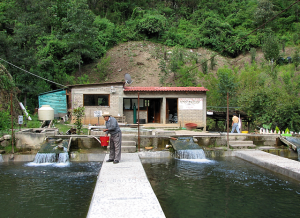 Some farms need to feed their farmed fish feed made from other fish. For example, some carnivorous fish like tuna and salmon need to eat a huge amount of fish themselves. Some fish farmers have to buy or catch smaller wild fish from the ocean to feed their fish. As a result, the wild ocean stock of fish, like herring and anchovies, are decreasing rapidly, and are on the brink of extinction.
Some farms need to feed their farmed fish feed made from other fish. For example, some carnivorous fish like tuna and salmon need to eat a huge amount of fish themselves. Some fish farmers have to buy or catch smaller wild fish from the ocean to feed their fish. As a result, the wild ocean stock of fish, like herring and anchovies, are decreasing rapidly, and are on the brink of extinction.
4. Escaping of farmed fish
Each year, millions of farmed fish escape into the wild, which may become a problem for the natural fish stock. This usually happens in fish farms near coastal areas and low lands that get flooded with water, causing fish to escape to a nearby body of water. When farmed fish are grown, they are usually less viable in the wild, and some are made more resilient though genetic engineering techniques, making them more competitive in the wild. The result could pollute the total gene pool and biodiversity of wild fish, and harm the future of the wild population.
5. Environmental impact
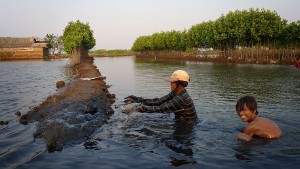 Fish farms are altering many of the ecosystems near coastal areas in order to accommodate their farms. Many fish farms growing shrimp and other mollusks in saline waters near coastal areas of Sri Lanka, Japan, Bangladesh, Thailand, Vietnam, and China have seen alterations of ecosystem and habitat. Mangrove forests–complex ecosystems that lined great stretches of these areas–are part of the ecological balance. The climates of these areas may suffer if fish farming is not done responsibly, without considering long-term environmental impacts. (The Pros and Cons of Fish Farming – Advocacy for Animals).
Fish farms are altering many of the ecosystems near coastal areas in order to accommodate their farms. Many fish farms growing shrimp and other mollusks in saline waters near coastal areas of Sri Lanka, Japan, Bangladesh, Thailand, Vietnam, and China have seen alterations of ecosystem and habitat. Mangrove forests–complex ecosystems that lined great stretches of these areas–are part of the ecological balance. The climates of these areas may suffer if fish farming is not done responsibly, without considering long-term environmental impacts. (The Pros and Cons of Fish Farming – Advocacy for Animals).
Better management, monitoring, and strict enforcement of fish farming regulations and rules are necessary worldwide. It is also necessary to increase public awareness and educate the general population about the 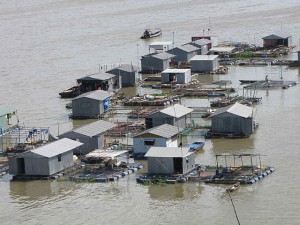 environmental impacts and long-term effects of unsafe fishing practices that do not follow government regulations, specifications, or general safety procedures. We urge all national, international, and local fish farm regulating agencies for strict enforcement of regulations to protect consumers and the welfare of farmed fish and also encourage research on sustainable practices. Sustainable fish farming will play an important part in addressing global food problems and saving the earth’s aquatic resources.
environmental impacts and long-term effects of unsafe fishing practices that do not follow government regulations, specifications, or general safety procedures. We urge all national, international, and local fish farm regulating agencies for strict enforcement of regulations to protect consumers and the welfare of farmed fish and also encourage research on sustainable practices. Sustainable fish farming will play an important part in addressing global food problems and saving the earth’s aquatic resources.
P.S: We’d love to hear from you. Please put down your thoughts in the comment box below, it would inspire us greatly in our future blogs.
Source: WorldWide Aquaculture

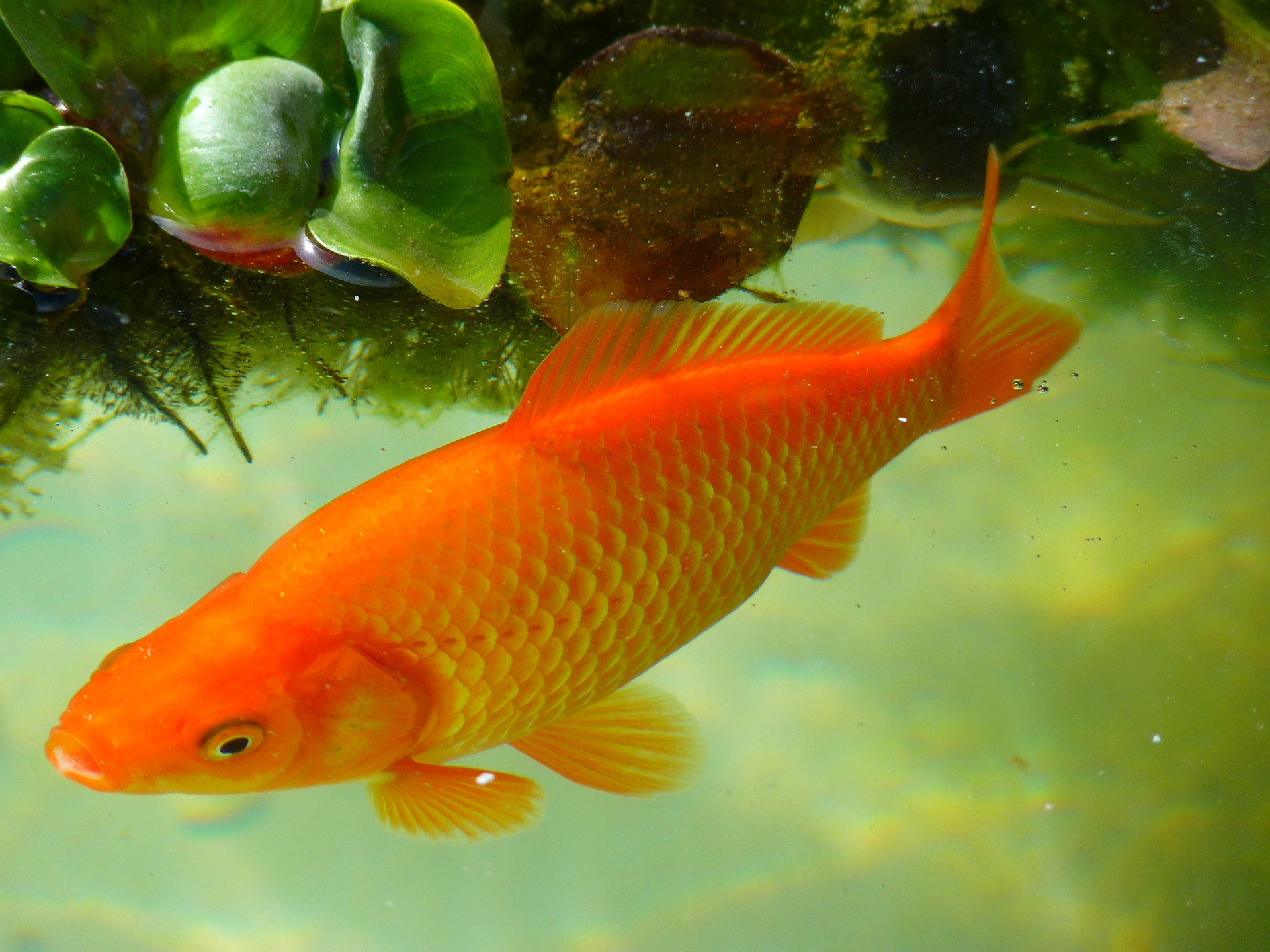
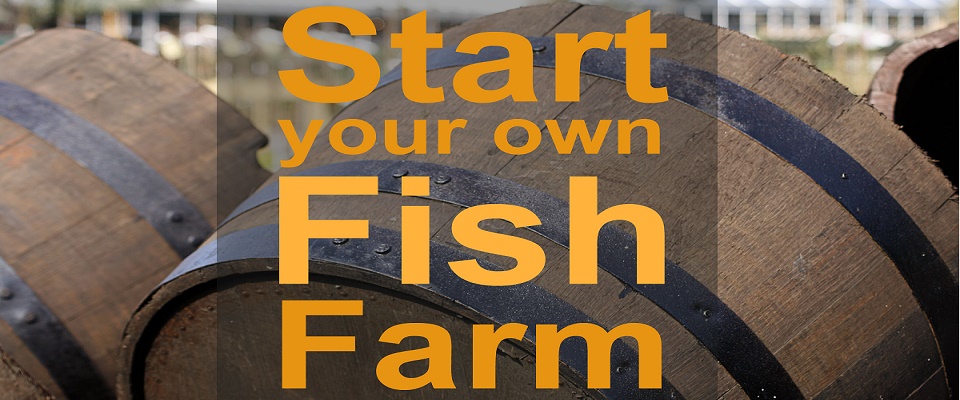
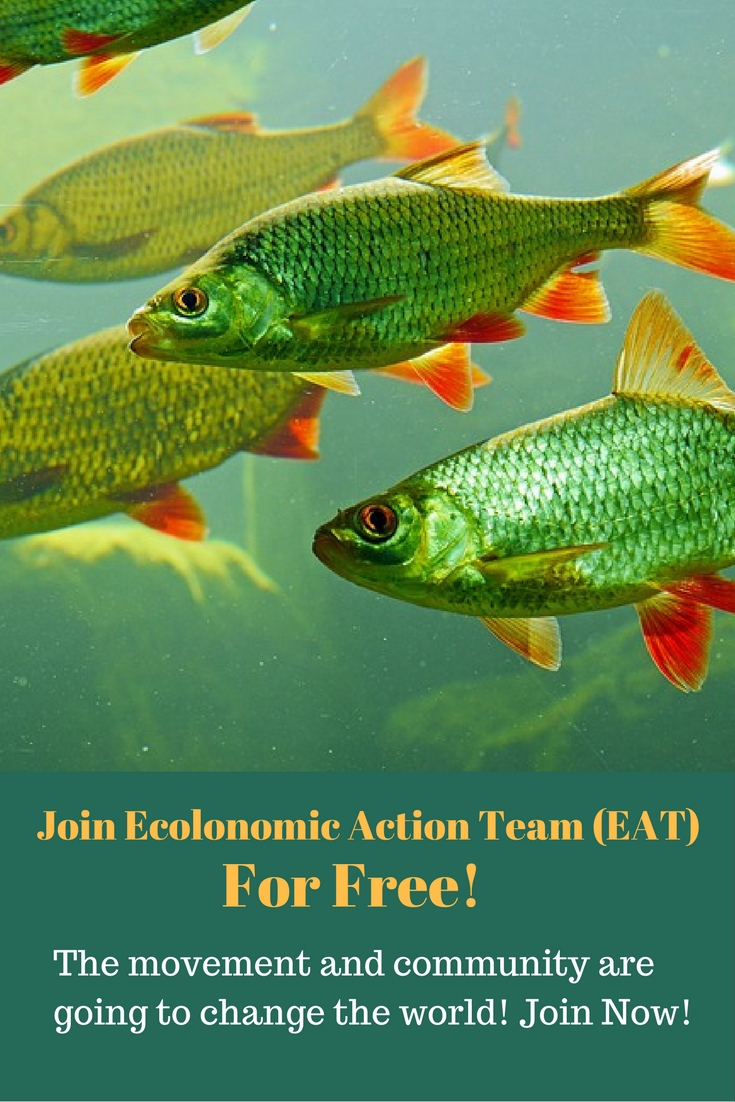
The escape of even one pair of fertile fish as an invasive species is enough to upset the ecological balance … IF they are “fitter” than the incumbent local aquatic organisms. That millions escape each year (an astonishing number unbeknownst to me so far) actually seems to prove most of them are less adapted to living in their un-natural habitat than those already there. Yet Asian carp and a few other species are making their mark on ecosystems and we may well see, like the changes in Lake Victoria, a “new” population growing and the old local fish relegated to museums and fish tanks in “zoos”.
Thanks for your comment. Please visit our site regularly.
Hello,thank you for creating this helpful site.We are planning to start fish business but we arent know anything about fish and fish farm,do you have someone who can provide us,individually, how to start and from where? We are living in LA.
Thank you,
Marine
I am planning to step into aquaculture business and this content is very much helpful to me.
Thanking you in anticipation.
Glad to be helpful
I thought fish farming was supposed help wild fish to maintain their genetic value and moreover save the environmental impact. If that is the case all efforts should be taken to rescue nature which is our number one problem world wide.
Good afternoon Sir/Madam,I am happy to read about Fish Farming and want to learn more..I am interested in establishing Fish Farm,but have no idea and knowledge on Fish Farming..I will really appreciate your expertise and assistance. And possibly the finance involve..
I am a Liberian and luck I have land to established such a project.
Thanks for your attention and look forward to hearing from you.
Sincerely
Hello my name is Patrick my wife is from the Philippines and we plan on moving back there in buying some ground to start a farm. Not just fruits and vegetables and beef chickens pigs and other kinds of animals but we also want to dig in the ground some huge pools in the ground so we can have several types of aquatic fish like crabs shrimp Lobster tilapia milk fish and maybe even Pollock or Cod on a semi large scale. I don’t know what kind of training I need to make sure that I have success over there in the Philippines but that is where we’re going to call home and we are going to live off the land. But will have a lot of excess which we will use for our restaurant over there and our grocery store and for others who want to purchase from us. If you have a more specific training course for this type of venture I would certainly appreciate any information that you can send my way. Thank you very much
I’m beginning to develop interest in fish farming and I hope I just found the right platform. The article above has given me a much more insight on fish farming. AcquacUlture the way to go.
Good day all !
Keep it up Guys , you opened my eyes , I now lopking the institution where can I learn how to breed fish at home for the purpose of making money .
I am in South Africa in the Province of KwaZulu Natal